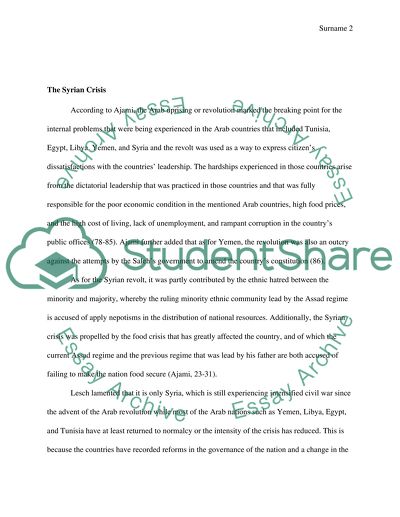Cite this document
(“The Human Rights in the Media in Syria Research Paper”, n.d.)
The Human Rights in the Media in Syria Research Paper. Retrieved from https://studentshare.org/journalism-communication/1478032-the-human-rights-in-the-media-in-syria
The Human Rights in the Media in Syria Research Paper. Retrieved from https://studentshare.org/journalism-communication/1478032-the-human-rights-in-the-media-in-syria
(The Human Rights in the Media in Syria Research Paper)
The Human Rights in the Media in Syria Research Paper. https://studentshare.org/journalism-communication/1478032-the-human-rights-in-the-media-in-syria.
The Human Rights in the Media in Syria Research Paper. https://studentshare.org/journalism-communication/1478032-the-human-rights-in-the-media-in-syria.
“The Human Rights in the Media in Syria Research Paper”, n.d. https://studentshare.org/journalism-communication/1478032-the-human-rights-in-the-media-in-syria.


